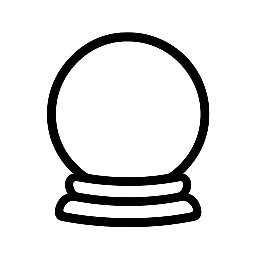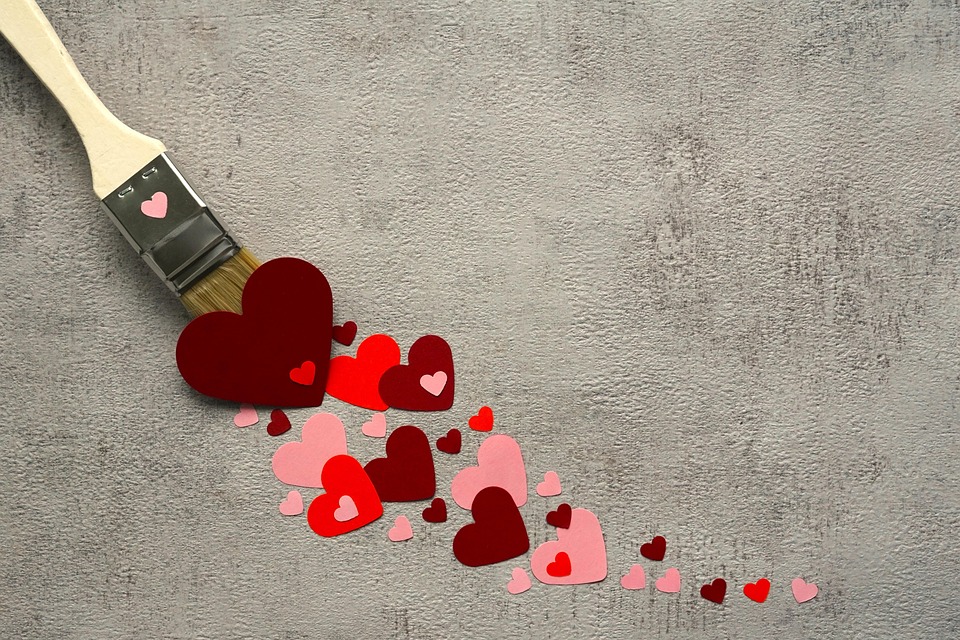Kabbalah, an ancient Jewish mystical tradition, is a complex and fascinating system that seeks to unlock the secrets of the universe. At its core, Kabbalah is a symbolic language that uses a variety of symbols, known as Kabbalah symbols, to convey deeper meanings and spiritual truths. In this article, we will delve into the world of Kabbalah symbols, exploring their meanings, significance, and how they can be used to gain a deeper understanding of the universe and our place within it.
The Tree of Life: A Central Kabbalah Symbol
The Tree of Life is one of the most recognizable and important Kabbalah symbols. It is a diagram that consists of ten interconnected nodes, known as sephirot, which represent different aspects of the divine. The Tree of Life is often seen as a symbol of the interconnectedness of all things and the flow of energy between different levels of reality. Each sephirah on the Tree of Life has its own unique energy and significance, and by studying the relationships between them, we can gain insights into the nature of the universe and our place within it.
Breaking Down the Sephirot
The ten sephirot on the Tree of Life are:
- Keter: The Crown, representing the divine will and the source of all creation
- Chokhmah: Wisdom, representing the divine wisdom and the spark of creation
- Binah: Understanding, representing the divine understanding and the feminine receptive principle
- Chesed: Mercy, representing the divine mercy and the expansive, outward flow of energy
- Geburah: Strength, representing the divine strength and the restrictive, inward flow of energy
- Tiphareth: Beauty, representing the divine beauty and the balance between opposites
- Netzach: Eternity, representing the divine eternity and the flow of energy between different levels of reality
- Hod: Splendor, representing the divine splendor and the receptive, feminine principle
- Yesod: Foundation, representing the divine foundation and the connection between the material and spiritual worlds
Other Important Kabbalah Symbols
In addition to the Tree of Life, there are many other important Kabbalah symbols that hold significant meaning and power. Some of these include:
- The Hexagram: A six-pointed star that represents the harmony and balance between opposites
- The Tetragrammaton: The four-letter name of God, which is considered to be a powerful symbol of the divine
- The Ouroboros: A serpent that consumes its own tail, representing the cyclical nature of time and the interconnectedness of all things
- The Caduceus: A staff with two intertwined serpents, representing the balance between opposites and the flow of energy between different levels of reality
Using Kabbalah Symbols for Personal Growth and Spiritual Development
Kabbalah symbols can be used in a variety of ways to promote personal growth and spiritual development. Some of these include:
- Meditation: Focusing on a particular Kabbalah symbol can help to quiet the mind and access deeper states of consciousness
- Visualization: Visualizing a Kabbalah symbol can help to connect with its energy and significance, promoting personal growth and spiritual development
- Ritual: Incorporating Kabbalah symbols into ritual practice can help to tap into their power and significance, promoting spiritual growth and transformation
Conclusion
Kabbalah symbols offer a powerful tool for unlocking the secrets of the universe and gaining a deeper understanding of the nature of reality. By studying the meanings and significance of these symbols, we can gain insights into the interconnectedness of all things and the flow of energy between different levels of reality. Whether used in meditation, visualization, or ritual practice, Kabbalah symbols have the power to promote personal growth, spiritual development, and a deeper understanding of the universe and our place within it.


Leave a Reply